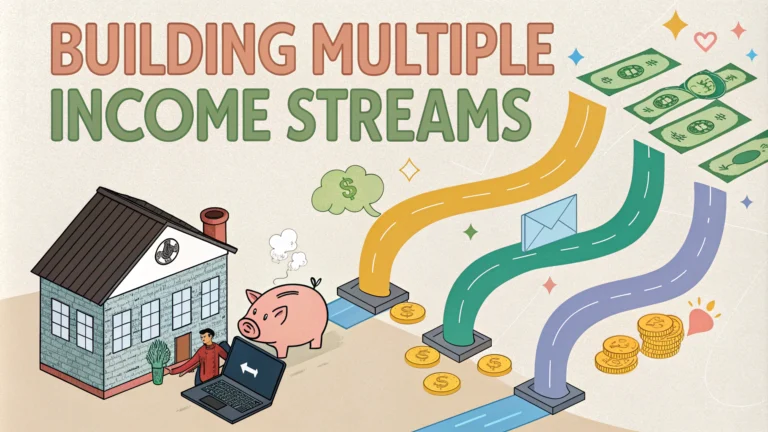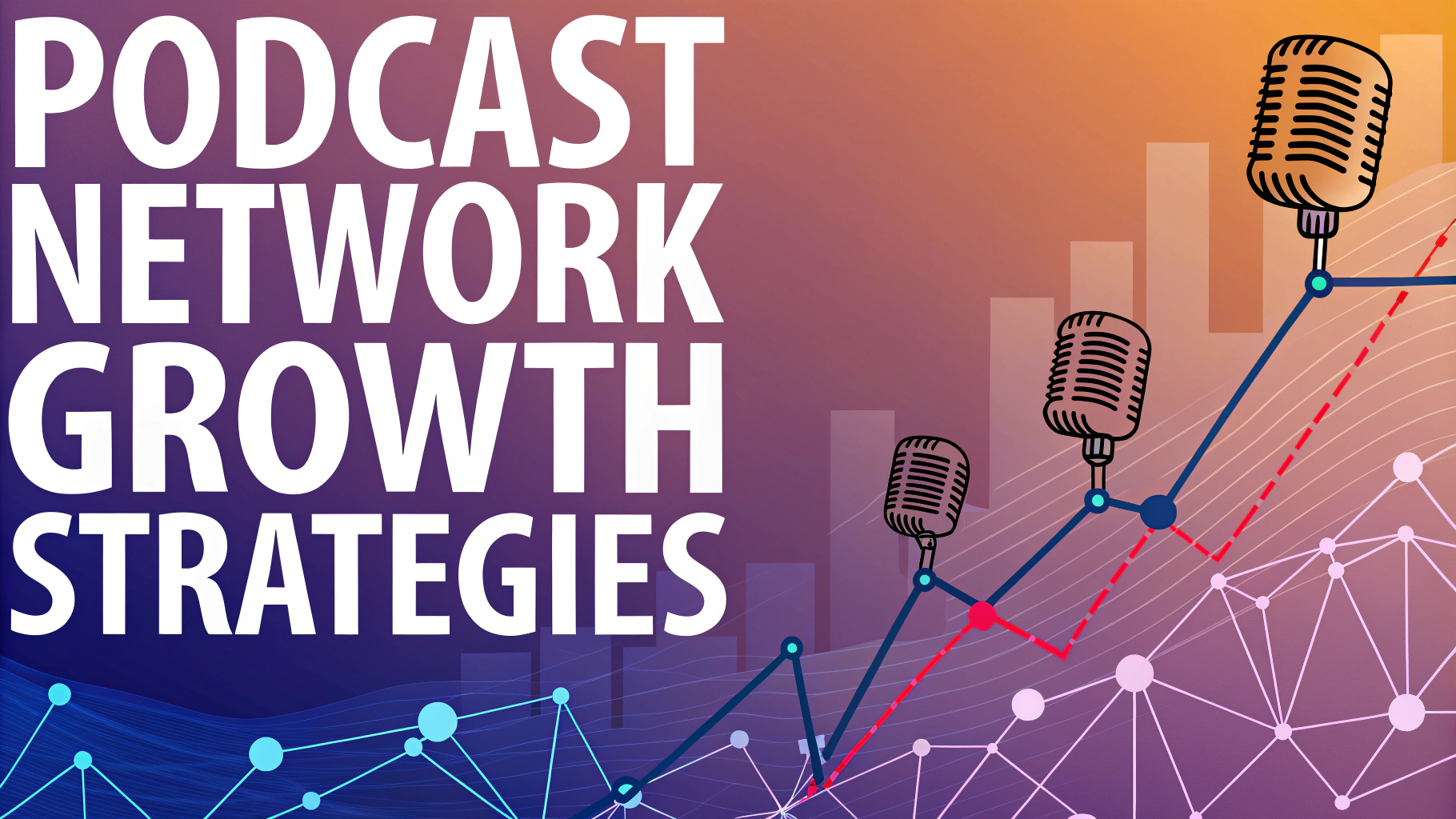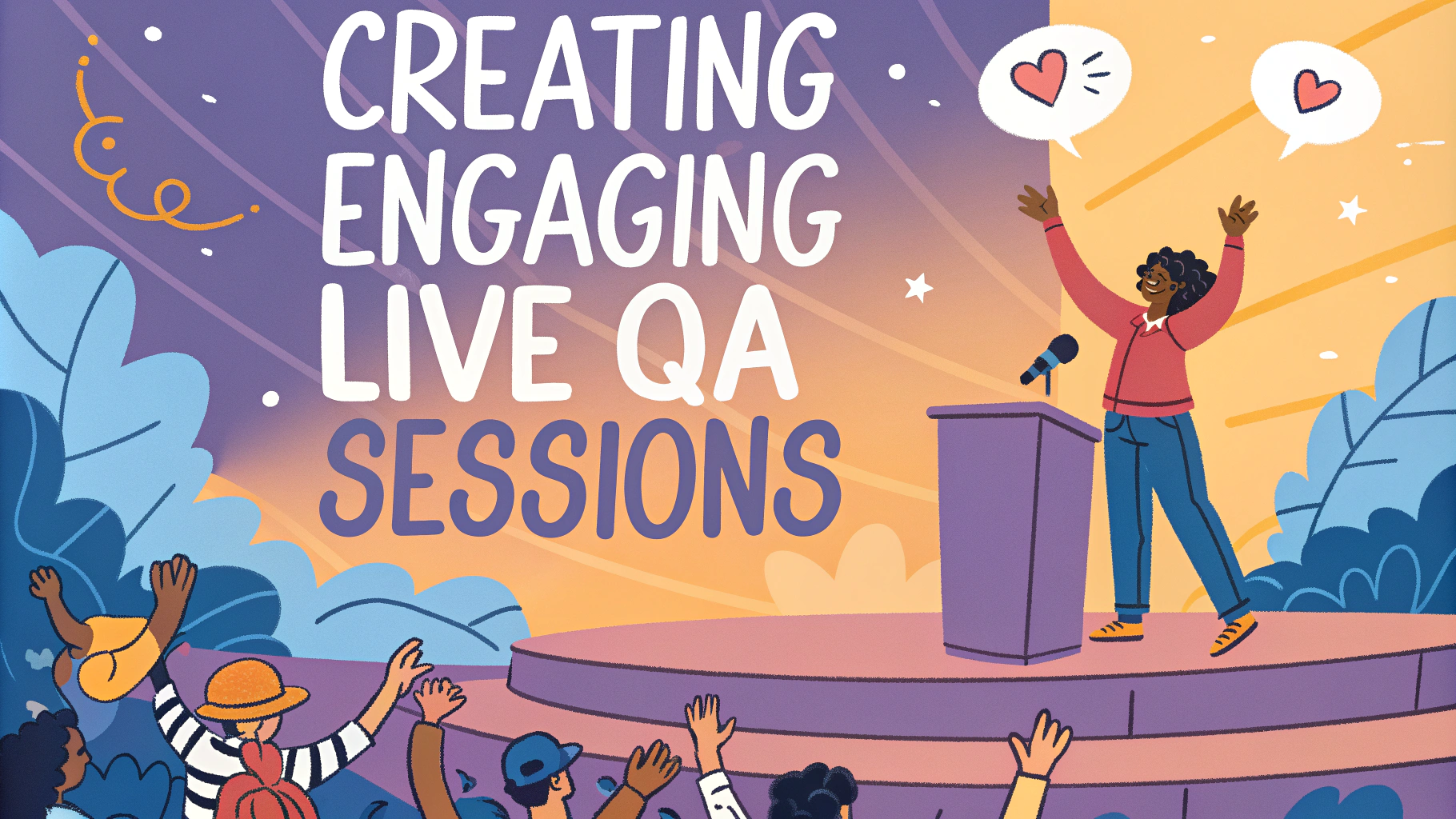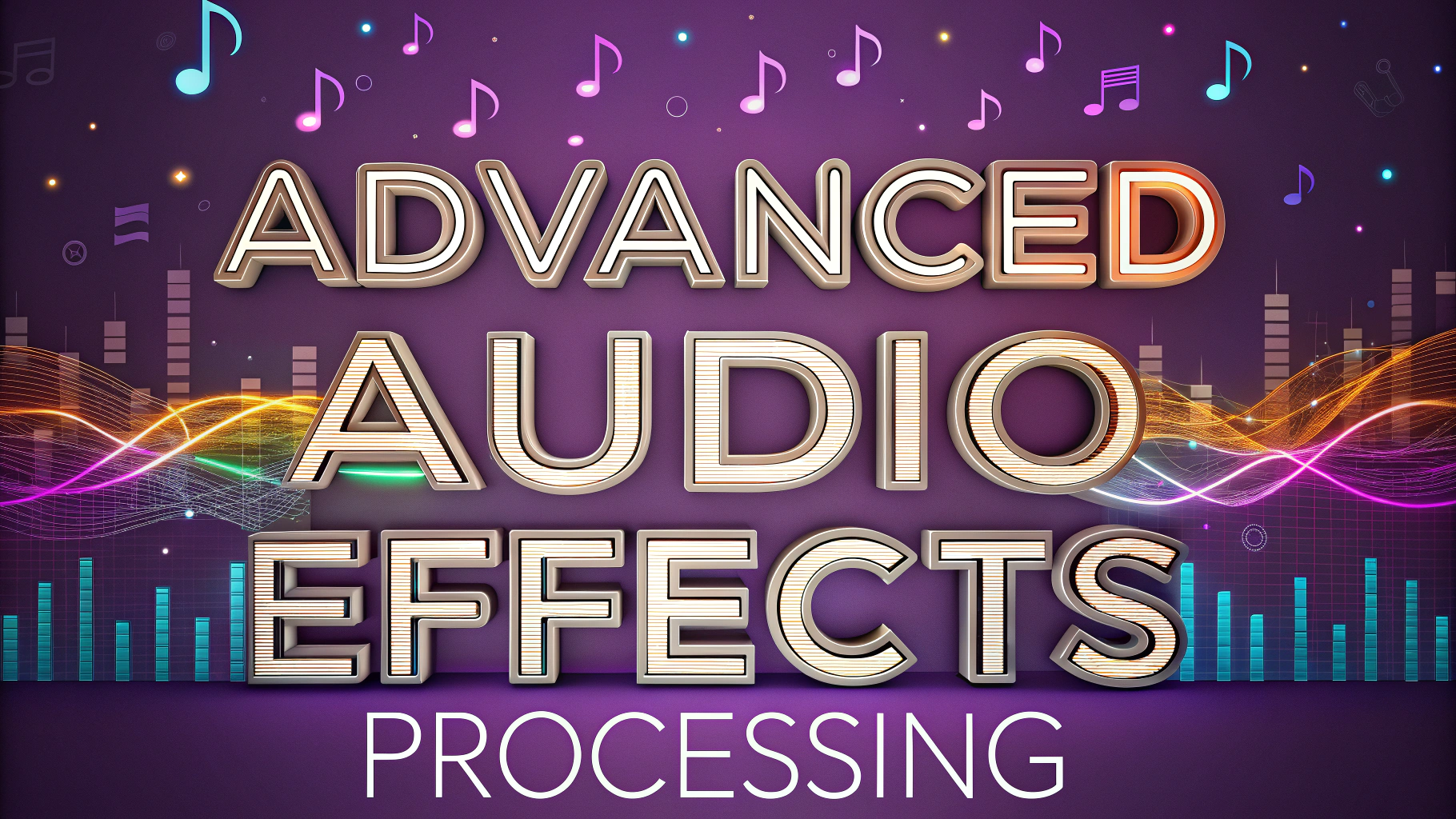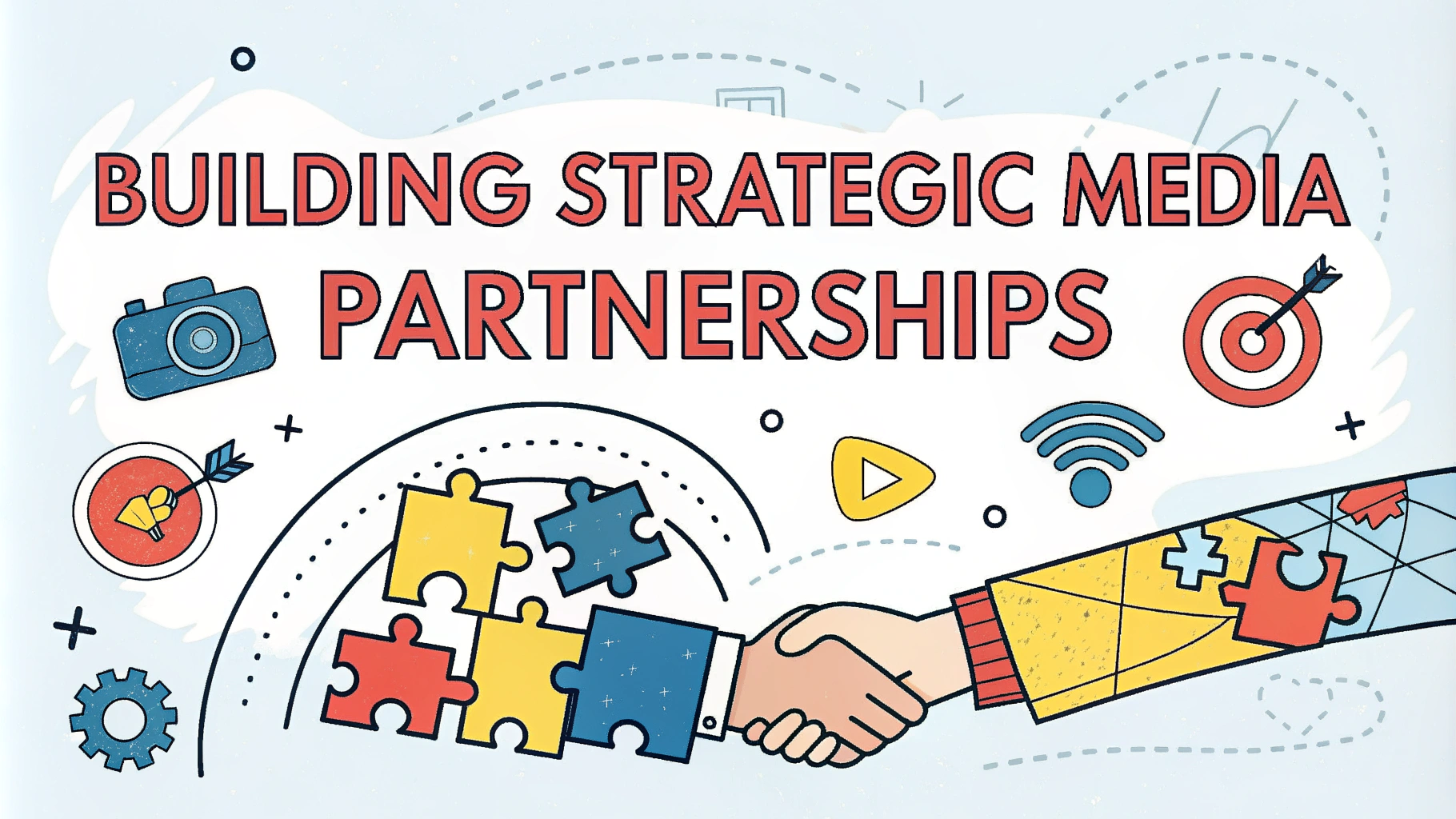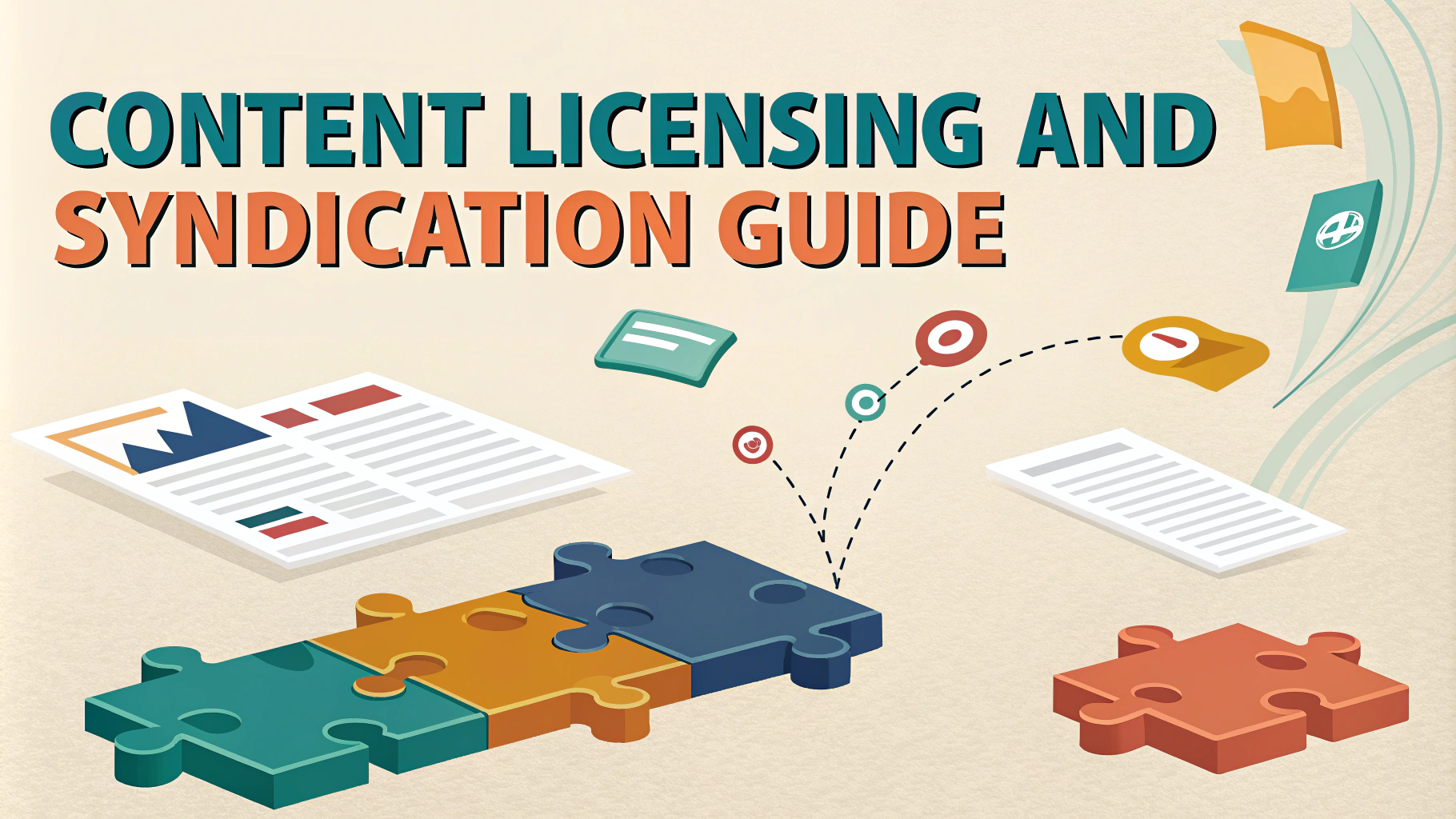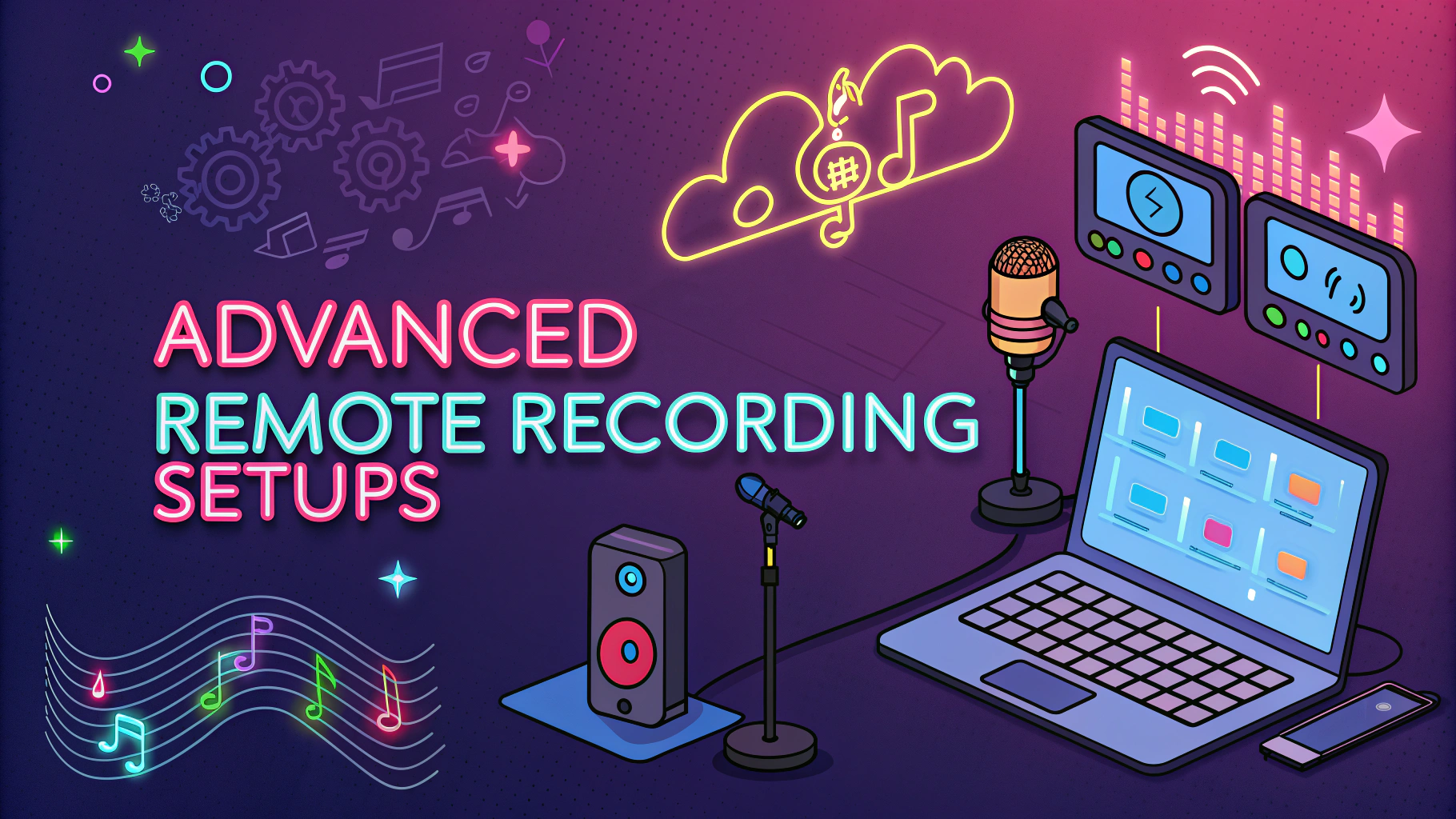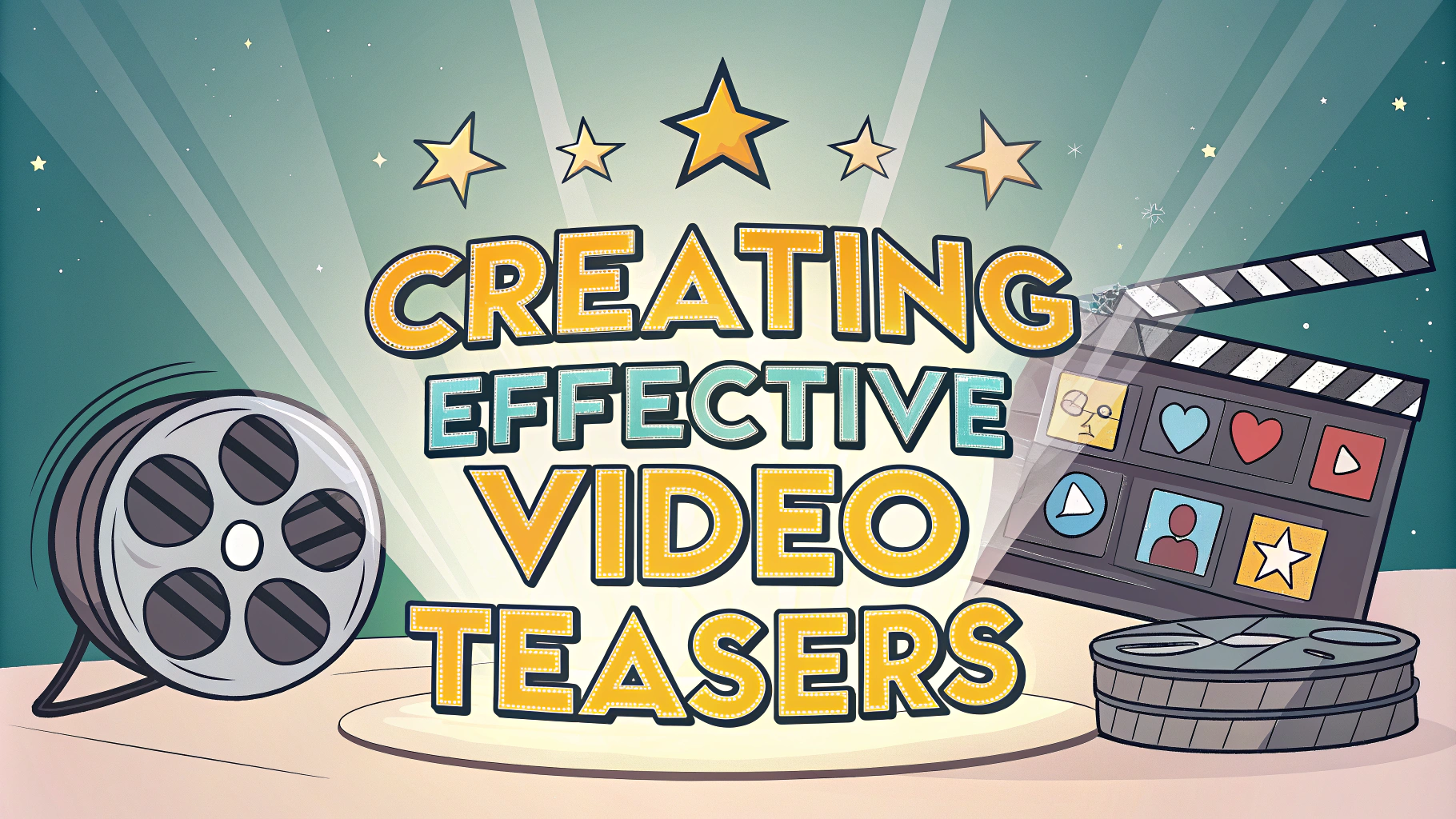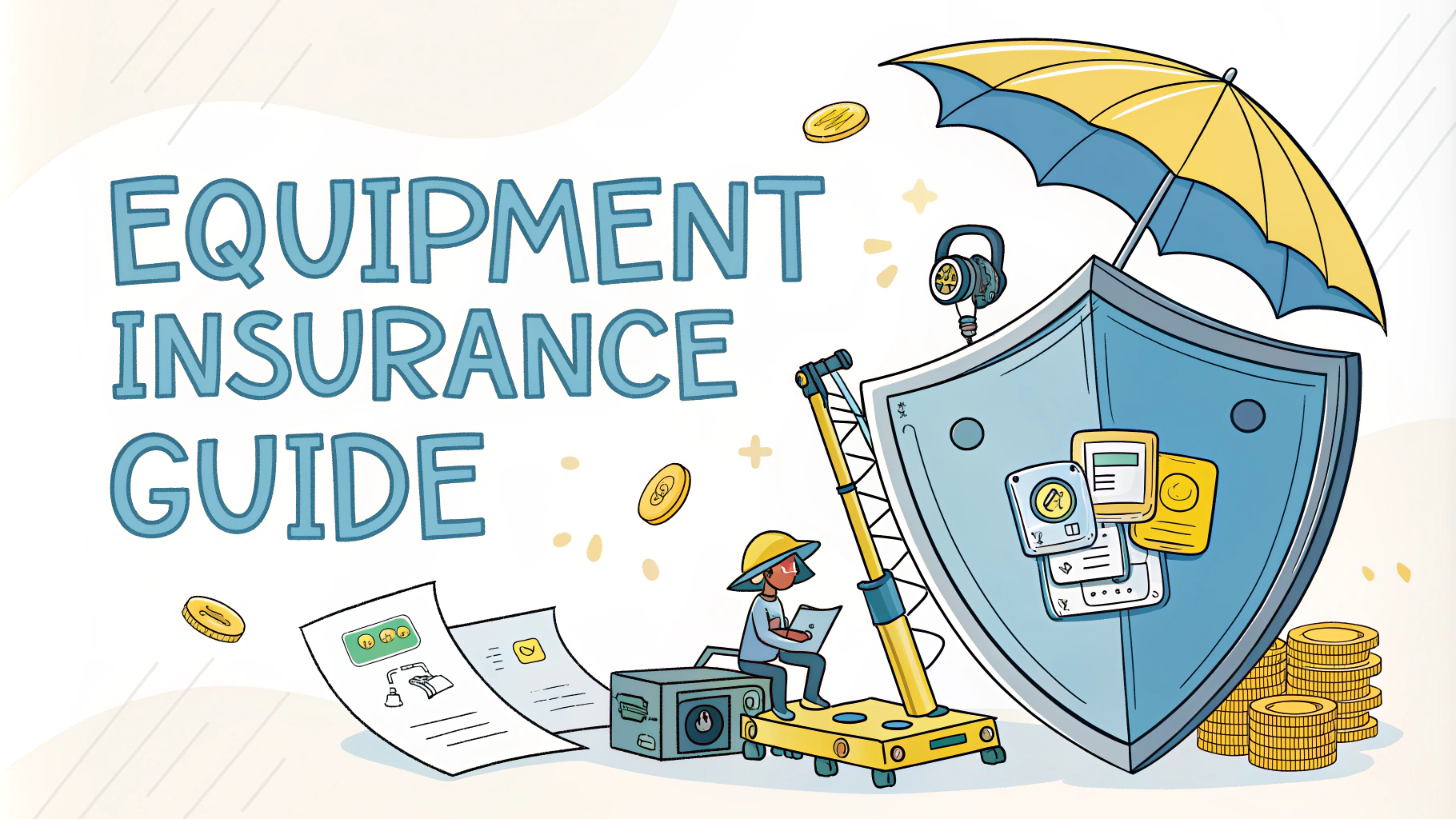Podcasting offers a unique opportunity to build multiple income streams while sharing your expertise and connecting with an engaged audience.
Starting a podcast requires minimal upfront investment compared to many other business ventures, making it an attractive option for entrepreneurs and content creators.
This guide explores proven strategies to monetize your podcast and create sustainable revenue channels that grow with your audience.
Direct Monetization Methods
- Sponsorships and Advertising
- Cost per mile (CPM) rates range from $18-25 for every 1,000 listeners
- Platforms like AdvertiseCast and Podcorn connect podcasters with advertisers
- Direct outreach to brands aligned with your audience demographics
- Premium Content
- Exclusive episodes through platforms like Patreon or Supercast
- Behind-the-scenes content and early access
- Ad-free versions of regular episodes
Product-Based Revenue Streams
- Digital Products
- Online courses related to your podcast topic
- Ebooks and guides
- Templates and resources
- Merchandise
- Branded clothing and accessories
- Physical products relevant to your niche
- Print-on-demand services like Printful or Teespring
Service-Based Income
- Consulting Services
- One-on-one coaching sessions
- Group coaching programs
- Speaking engagements
- Production Services
- Podcast editing for other creators
- Show notes writing
- Marketing strategy consulting
Affiliate Marketing Opportunities
Promote relevant products and services using unique affiliate links through platforms like Amazon Associates or industry-specific programs.
| Platform | Commission Rate | Payment Terms |
|---|---|---|
| Amazon Associates | 1-10% | Net-60 |
| Impact Radius | 5-30% | Net-30 |
Building Your Revenue Strategy
- Start with one primary income stream and perfect it
- Add complementary revenue channels gradually
- Track metrics to optimize each income stream
- Reinvest profits to scale successful channels
Taking Action
Begin by selecting one monetization method that aligns with your podcast’s current audience size and engagement levels.
Create a 90-day plan to implement your chosen revenue stream, including specific goals and milestones.
Contact podcast advertising networks or potential sponsors once you reach 1,000 downloads per episode.
Resources and Tools
- Monetization Platforms: Patreon, Buy Me a Coffee, Supercast
- Ad Networks: AdvertiseCast (www.advertisecast.com), Podcorn (podcorn.com)
- Analytics: Chartable, Podtrac, Spotify Analytics
Next Steps for Growth
Focus on growing your audience through consistent content delivery and engagement strategies.
Network with other podcasters to learn from their monetization experiences and explore collaboration opportunities.
Regularly survey your audience to understand their needs and identify new revenue opportunities that provide value.
Audience Growth Strategies
- Content Marketing
- Repurpose podcast episodes into blog posts
- Create shareable social media snippets
- Develop YouTube highlights from episodes
- Cross-Promotion
- Guest appearance on similar podcasts
- Joint marketing initiatives
- Content partnerships
Advanced Monetization Techniques
- Live Events
- Virtual summits and conferences
- Live podcast recordings
- Meet-and-greet sessions
- Membership Programs
- Private community access
- Monthly Q&A sessions
- Exclusive networking opportunities
Scaling Your Podcast Business
Document your processes and build systems that support growth:
- Automated marketing workflows
- Content production schedules
- Revenue tracking systems
- Team delegation procedures
Maximizing Long-Term Success
Stay authentic to your audience while diversifying revenue streams. Focus on sustainable growth that aligns with your podcast’s mission and values.
Continuously evaluate and adjust your monetization strategy based on audience feedback and performance metrics.
Remember that building a profitable podcast takes time – prioritize delivering value while steadily implementing revenue-generating opportunities.
FAQs
- How many income streams should I aim to build?
Financial experts typically recommend having 4-7 different income streams for optimal financial security and wealth building. - What are the most common types of income streams I can build?
Active income (salary/business), passive income (investments), rental income, dividends, royalties, affiliate marketing, and digital products. - How long does it take to establish a profitable podcast as an income stream?
Most successful podcasters take 6-18 months to build a substantial audience and begin monetizing through sponsorships, merchandise, and premium content. - What’s the minimum investment needed to start multiple income streams?
Some income streams like blogging or podcasting can start with as little as $100-500, while others like real estate investing may require significant capital. - Can I build multiple income streams while working full-time?
Yes, many people start by dedicating 5-10 hours per week to side hustles or passive income investments while maintaining their primary job. - Which income stream typically generates the highest returns?
Business ownership and real estate investments historically provide the highest returns, with average ROIs ranging from 10-30% annually. - How do I manage tax implications from multiple income streams?
Keep separate records for each income stream, consider quarterly tax payments, and consult with a tax professional to optimize deductions and compliance. - What are the most stable income streams during economic downturns?
Dividend stocks from established companies, government bonds, essential service businesses, and diversified rental income tend to be more recession-resistant. - How can I leverage podcasting to create additional income streams?
Convert podcast content into books, courses, coaching services, speaking engagements, and premium membership programs. - What’s the recommended order for building multiple income streams?
Start with securing active income, then build emergency savings, invest in index funds, and gradually add more complex streams like business or real estate.
